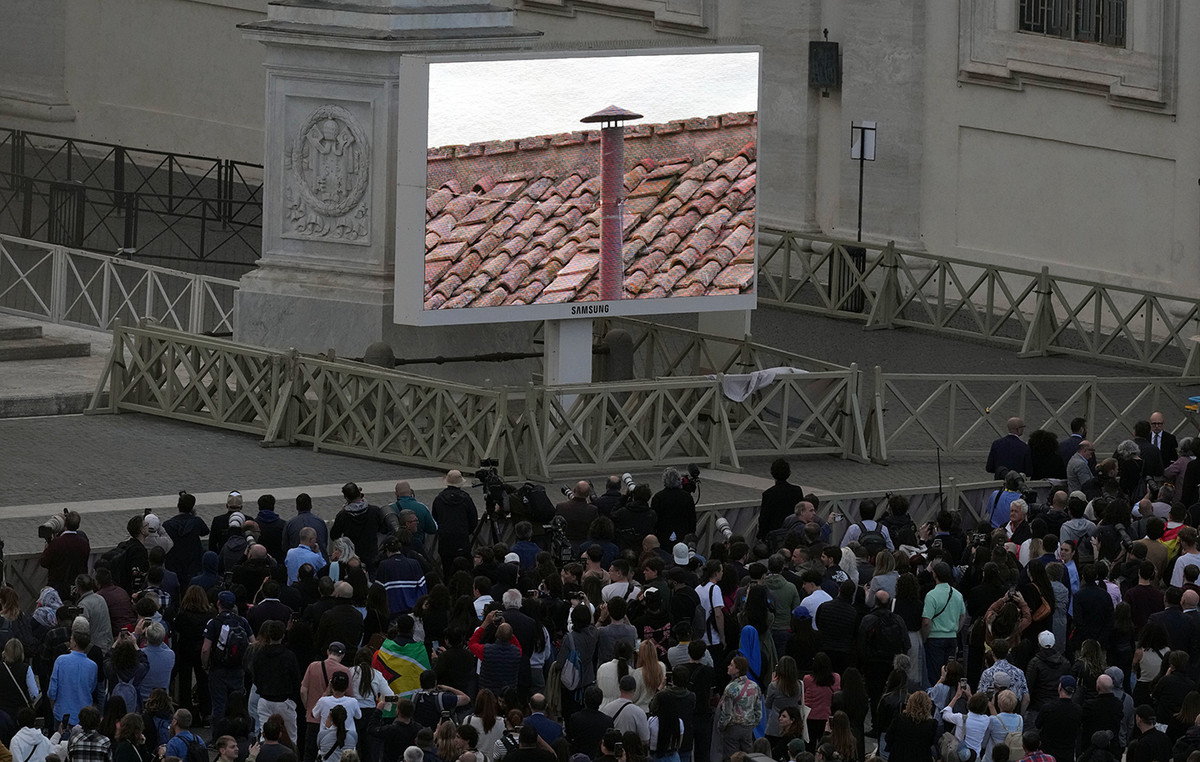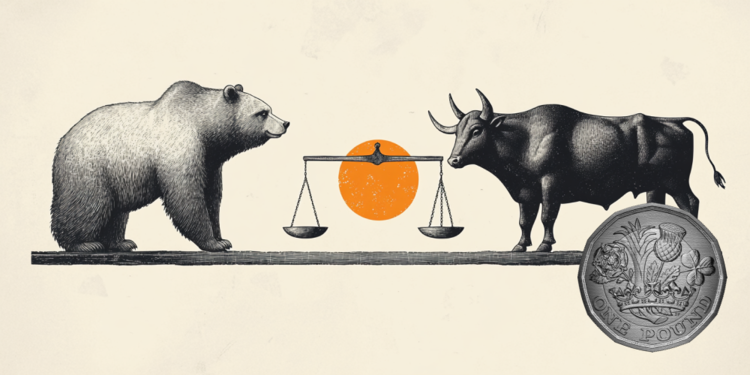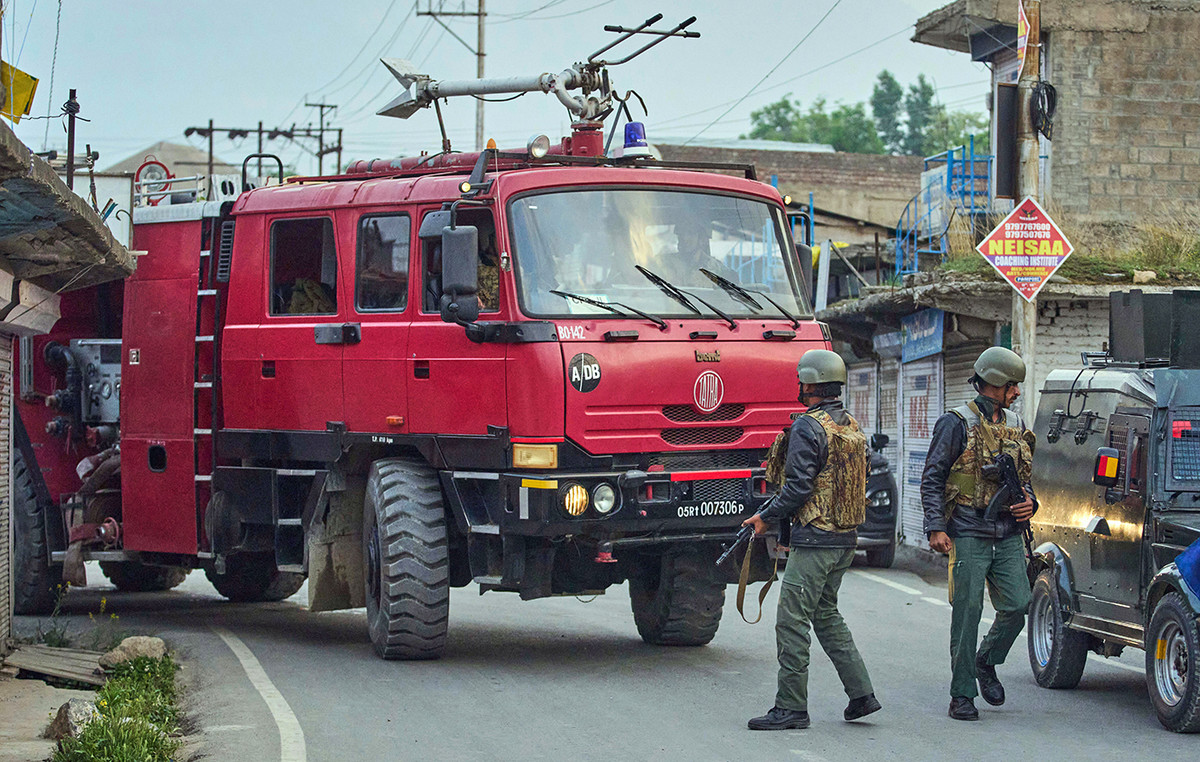In cities like São Paulo, full of buildings, green areas are refuges: they alleviate the heat, reduce pollution and prevent flooding. But the trees also became a cause for concern. On Thursday night (18), the fall of a large tree caught attention in Osasco, in the metropolitan region of São Paulo, during a storm. The impact destroyed the wall of a school, two cars, and an elderly woman was injured. The electrical grid was also damaged and the entire region was left without power.
This year alone, amid the heavy rains hitting the state, the fire department has already received more than 1000 calls for falling trees. A problem that causes road blockages, accidents, destruction of the electrical network and deaths. At the beginning of the year, a 58-year-old man died after being hit by a tree, during a storm in Itupeva, in the interior of São Paulo.
Climate events partly explain the number of trees falling in São Paulo. There are constant storms, and with historic gusts of wind. In November last year, for example, the city recorded winds of more than 100 kilometers per hour. Thousands of trees fell and the largest city in the country was left without power for days. Two million people were left without power. According to the Acende Brasil institute, more than 90% of the interruptions occurred due to the damage that falling trees caused to the electricity grid.
Falling trees have a major impact on the country's electricity sector and are a challenge for public authorities. The capital of São Paulo, for example, has around 650 thousand trees. In addition to those that have already fallen, many others could still collapse, entangled in wiring and in the middle of houses and businesses.
For Claudio Salles, president of Instituto Acende Brasil, the way trees are treated has a direct impact on the problems caused by falls. “If you had these trees treated better, in this aspect preventively, you wouldn't have the two thousand falls, you would have a smaller number, I don't know how smaller and, therefore, you would have fewer shutdowns”, he says.
Salles also highlights that it is not possible to have a system completely immune to an extreme natural event. “In an extreme event of this nature, you cannot have a system that is completely immune to it, but you can take a set of measures that to a greater or lesser extent mitigate this problem, making its effects smaller than if there were no such actions. preventive. Pruning, carrying out more timely pruning and even transplanting, transplanting trees that are often no longer healthy and others that have to be transplanted, even because they have already reached a dimension that not even simple pruning can solve.”
The researcher and agronomist at USP, Marcelo Leão, explains that there are several reasons that can cause falls, but among the main ones are the condition of the wood, the place and space where the species was planted and irregular pruning.
“The tree, like every living being, shows signs that it is going to fall. These signs are not always super visible, but it is up to us, technicians, to monitor, anticipate these situations and act to mitigate the problem, mainly by taking care of the trees over time”, says the researcher.
In 2020, the city of São Paulo launched the municipal urban afforestation plan, lasting 20 years, to improve management and create a participatory management system for the city's trees. The plan, which has a review period every five years, has 170 planned actions, including a tree inventory. According to the City Hall's Green and Environment Secretariat, 42 actions under the plan are underway.
For experts, taking care of trees is a duty of public management in cities and a matter of urgency, as extreme weather events, such as storms, floods and strong gusts of wind, are increasingly common.
“It's very sad, because when a tree falls, it is a sign of the lack of care on the part of those responsible for them, the public authorities, in relation to all the activities that should be taken, such as planting a tree in the right place, taking care of it over time and also a replacement when necessary”, adds the researcher.
In a note, the City of São Paulo says that it is committed to maintaining trees through the Municipal Secretariat of Subprefectures. It also says that “before any service is carried out, an agricultural engineer carries out an inspection to determine the specific type of work necessary for each tree. The four main types of pruning are: adequacy, cleaning, correction/balance and emergency. The 32 sub-prefectures follow a schedule to ensure that all requests are met efficiently.”
Source: CNN Brasil
I’m James Harper, a highly experienced and accomplished news writer for World Stock Market. I have been writing in the Politics section of the website for over five years, providing readers with up-to-date and insightful information about current events in politics. My work is widely read and respected by many industry professionals as well as laymen.







